
How do we give our students gourmet quality comprehension instruction? Do you start with quality literature and informational texts? If we want our kids reading quality material, we need to teach with quality material. It’s the key to building the schema that students need to be able to express themselves in their own unique way. We want material that is rich in content and thought provoking. We want our kids talking about what they’re reading.
Like writing, reading also requires foundational skills as the ingredients to real reading. Students need alphabetic knowledge, decoding skills, fluency, and word knowledge to put it all together for comprehension. Each foundational skill is like the ingredients of bread, and without proficiency in each, student comprehension is like bread without yeast.
supporting comprehension with Foundational Skills
As you begin your year, whether you are in primary, the middle grades, or middle school, take a hard look at each child’s foundation. You will find the missing or lacking “ingredients” by analyzing each of the following components of reading. These foundational skills deeply impact a student’s comprehension of text, and therefore, academic learning.
Spelling
Believe it or not, spelling is very, very important. It shows the teacher what a student understands related to phonics rules.) Pay attention to spelling within writing samples in particular. Many students can memorize for a week, but it is within the application of spelling to writing products that you learn the student’s understanding of phonics rules. Take note of what the child knows, uses, but confuses, and is lacking. Teach what he/she is using, but confusing during conferencing times, mini lessons one-on-one, or in small group.
Writing
Look for the student’s usage, knowledge of sentence structure, and use of punctuation/capitalization. Is the child able to formulate ideas and transfer them to paper? Does he/she struggle to keep to a central idea? If so, it is likely that they need help with this in their reading too.
build schema and vocabulary in order work on comprehension
Discuss with the student both text dependent questions and inferential questions to determine whether the child gets the gist of the reading. Sometimes lagging schema negatively impacts understandings. Students also may need help with text format or skill work.
Oral reading miscues and fluency
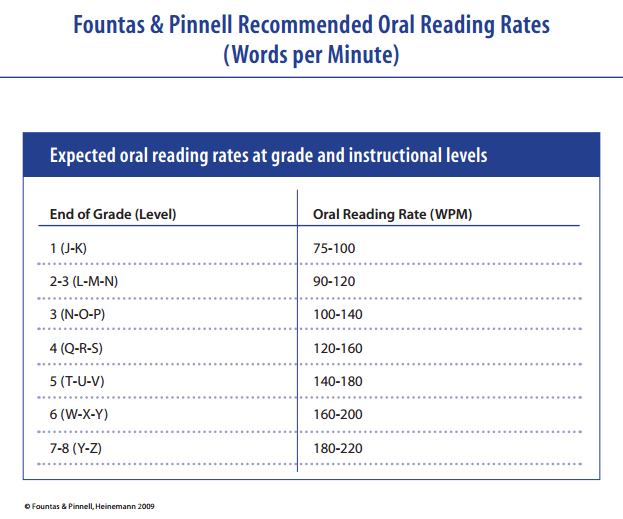
Listen and take running records to observe whether the child has appropriate pacing, expression, observes punctuation, is accurate, and phrases appropriately. All of these are necessary for reading to be considered fluent. If a child monitors their reading accuracy, rates may be lowered, but comprehension may not be impacted greatly. See the chart to the left for recommended rates by level. When the student is disfluent, the teacher should select a lower level text.
Use Progress Monitoring to reach strong comprehenison
I have found this reading behaviors checklist very helpful when working with my students. You might download the freebie checklist and print one per child to use as you listen informally to your students’ reading. It’s helpful to reuse throughout the year as part of progress monitoring to compare beginning of the year to end of the year growth.
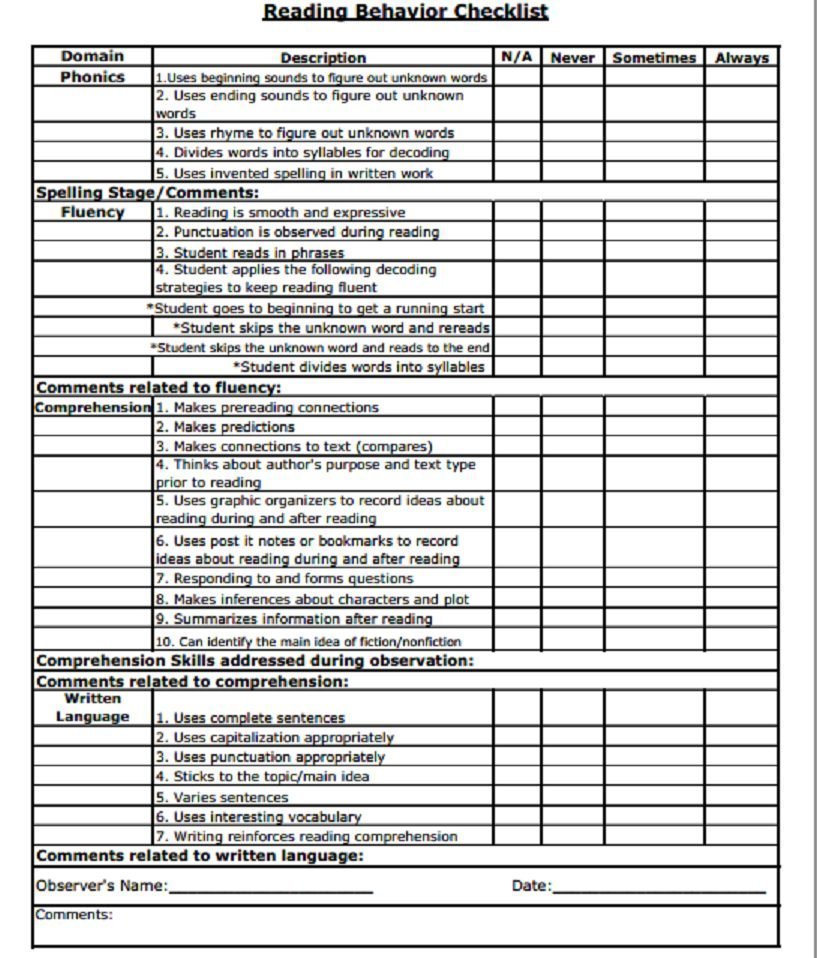
tools for progress monitoring:
Other comprehension blog posts you’ll find helpful
- 5 ESSENTIAL SKILLS TO TEACH FOR COMPREHENSION SUCCESS
- HOW TO EFFECTIVELY USE PAPER BAG BOOKS FOR BUILDING COMPREHENSION SKILLS
- COMPREHENSION STRATEGY IDEAS FOR FICTION AND NONFICTION YOU NEED TODAY
Good teachers are kid watchers. We all know this, and I hope these leading questions and points give you “look fors” as you watch your kids grow and develop their reading skills for true comprehension and enjoyment.

Pin for Later:
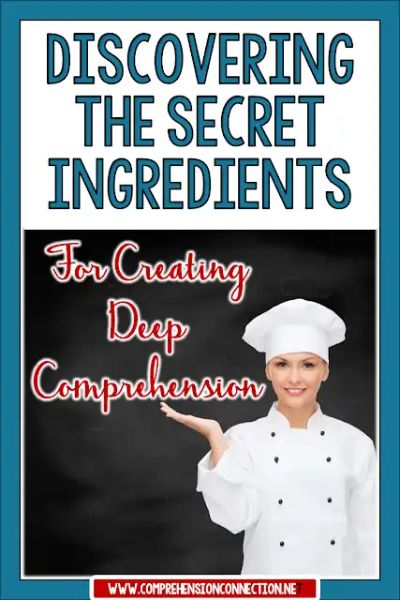
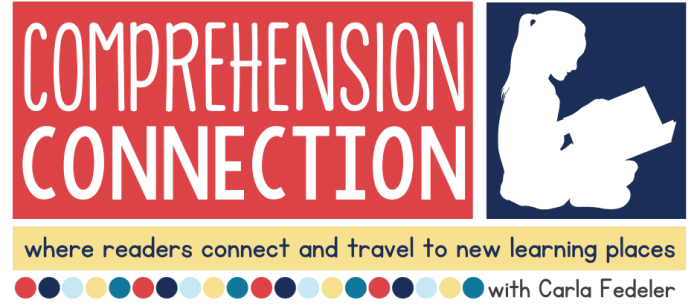






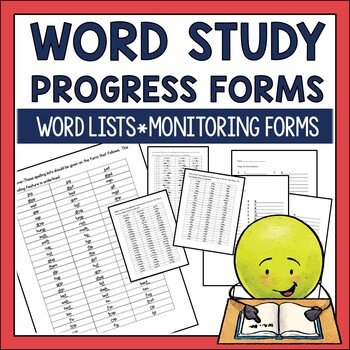
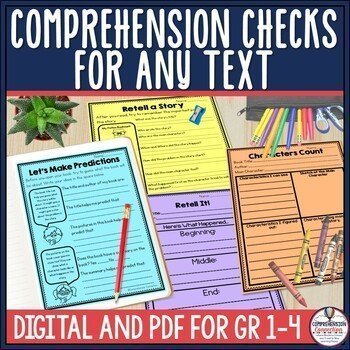






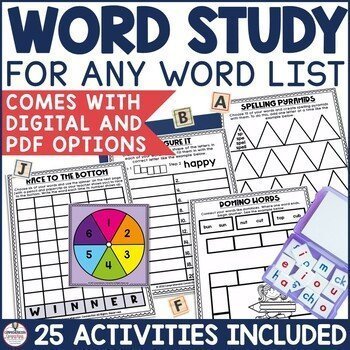
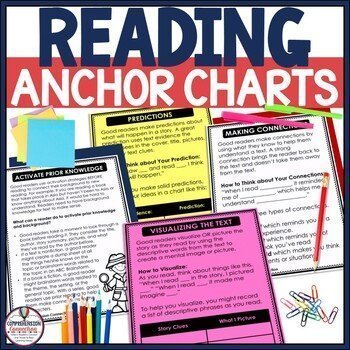
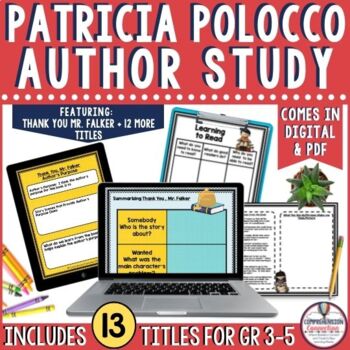
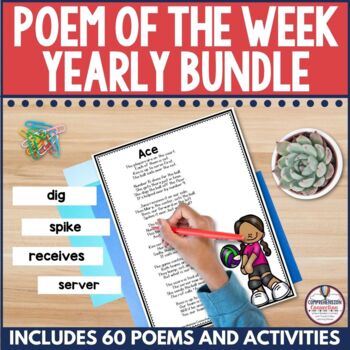
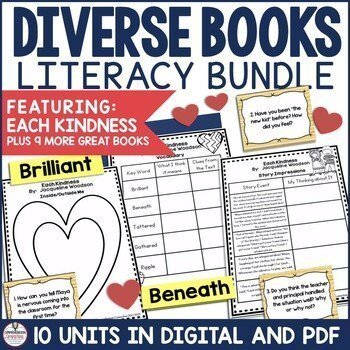
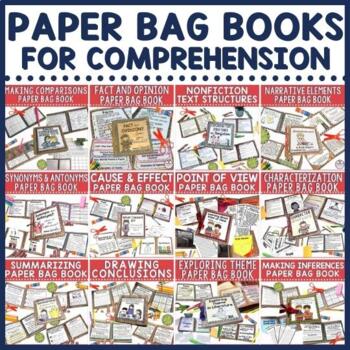
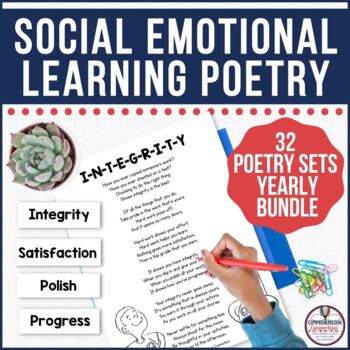


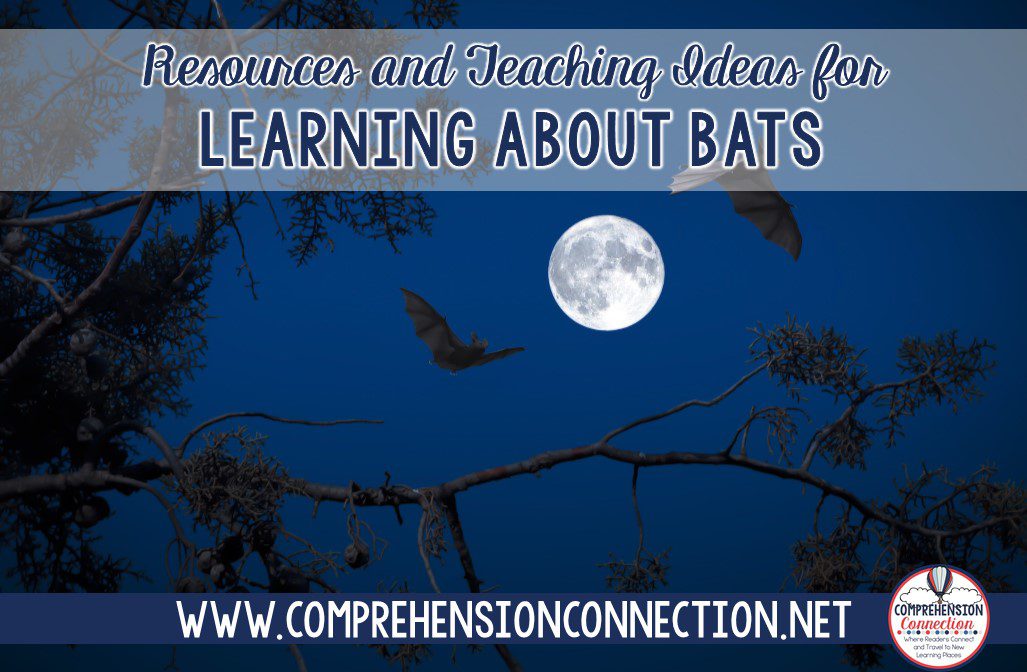



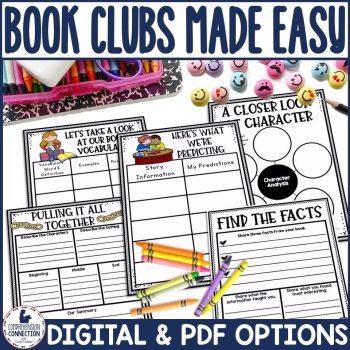

6 Responses
Thank you, Carla! I've enjoyed reading your posts all week. Even though I teach second, I've found something each day that I can use. I think that's the interesting thing about teaching, we may be teaching a particular grade level- but EACH grade level has something that would work for some of our students! Looking forward to the blog hop next week as well- this cooking theme has been so much fun!
Big Smoochies!
~Heather
The Meek Moose
Blog hop starts …. Tomorrow. !!!!!
PS. So so glad you have found stuff you can use . Makes me happy.
Thanks for sharing the link to that checklist! I love it!!
Katie
Mind Sparks
OMGoodness, these posts are brilliant Carla and what a great idea for your blog hop! Congratulations on your milestones, and thank you for your awesome generosity. Kylie
http://ripperresources.blogspot.com.au/
You are very welcome. Hope you are doing well. God to hear from you Kylie!!